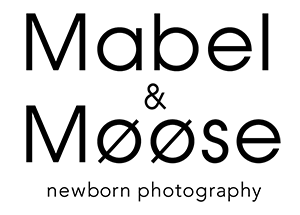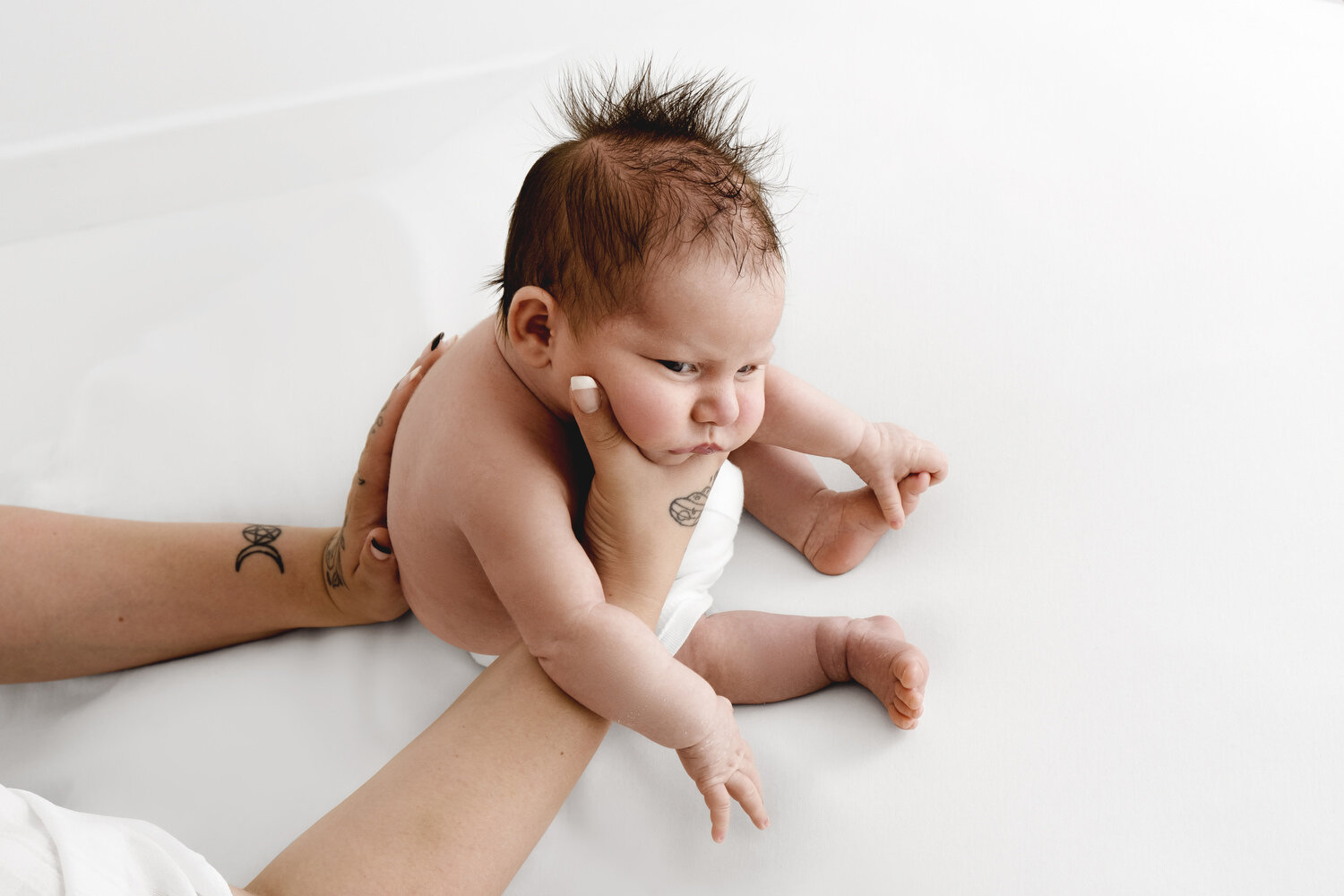Cradle Cap and Newborn Photographs
What do you do when your baby develops cradle cap?
The 1st thing that I want to tell you is that cradle cap is in no way any reflection on how you care for your baby. It’s got nothing to do with cleanliness.
Cradle Cap is a rather yucky looking gunk that can appear on your baby's scalp.
It looks crusty and sore but it isn’t thought to be painful.
Babies are rarely born with cradle cap and it tends to appear around 4 weeks old. Just when you have feeding under control and you want to go and socialise and show your baby off to the world. THIS Happens. You look into their mosses basket and your silky, smooth-headed baby has turned in to crusty-head overnight. They have a head like a french loaf. One of my babies resembled a baguette.
What causes cradle cap in babies?
The short answer is nobody knows. There’s lots of articles online that start with, “it’s thought to be caused by”.
It could be caused by overactive sebaceous glands in the baby’s scalp. They produce a little too much oil and so when skin particles fall off they end up sticking to the baby’s head, forming a waxy layer. It’s also thought to be caused by a fungal infection, maybe passed on from a mum who has had antibiotics.
What does cradle cap look like?
It’s doesn’t look like spots. It’s flaky, yellowish and can be a bit crumbly. It might be more difficult to see if your baby has hair.
Is cradle cap an infection?
No it’s not an infection and it’s not contagious. You can’t catch cradle cap. It can spread a little on your baby’s skin. It can often start on their scalp and then spears to behind their ears. It can even appear on their eyebrows! But don’t worry. It’s not going to spread over their little body or arms and legs.
If you do see a crusty rash that’s on their body or limbs, especially in the creases of their arms and legs, then it could be eczema. You should speak to your doctor or health visitor, if it's not just on their head.
How long does cradle cap usually last?
Cradle cap only lasts for a few months. So don’t worry, you won’t be sending your baby off to school with a crusty head. They do grow out of it.
This doesn’t make it any easier for new mums and dads. I remember feeling really upset that my baby had cradle cap. Firstly it looked sore and secondly it wasn’t that attractive (hence the hat).
By 12 weeks, 70% of babies have a little cradle cap. Why do you think the baby bonnet market is thriving!
What are other names for cradle cap?
Cradle cap is also known as honeycomb disease, crusta lacteal, pityriasis capitis, (how good is your Latin?), milk crust, infantile seborrhoeic dermatitis and in only Scotland scaby head! Honeycomb-head sounds quite delicious!
How to prevent cradle cap?
So may new parents ask if they can prevent cradle cap.
This is a “yes and no” answer. Most doctors will say no but if you regularly massage your baby’s head with a little organic oil, and then use a baby-soft brush, the chances are your baby won’t get cradle cap. And, if they do, it will clear up quickly.
How do I treat cradle cap?
Use a baby safe organic oil. An organic sunflower oil is recommended. My daughter used this with her little boy and swears by it. It was recommended to her by a baby massage therapist.
Before their bath massage a little oil into your little one’s scalp. I wouldn’t warm the oil (as some websites suggest) in case it burns your baby. It’s so easy to overheat it and that’s when accidents happen. Just leaving the oil in a warm room for an hour beforehand should have it at the right temperature.
Massage it gently. taking extra care over their soft spot (fontanelle). Leave the oil to soak in for about 30 minutes. You can use a clean soft-baby hair brush to gently tease the crusty bits away by working the brush in a circular motion. Be so careful though as you don’t want to irritate their fragile skin. Babies love a little head massage and it’s great for bonding with your baby.
To take the oil off, get a bowl of Luke warm water and a clean muslin. Wrap your baby in a big towel to keep them dry and gently wash their head. It’s not a good idea to do this in the baby bath, while bathing your baby as then you end up with oil in the water and a very slippery, wriggly babba.
If you do this every second night then it should help the cradle cap to clear up.
I’m a great believer in following my granny’s advice. Fresh air is good for most things. So unless you need to keep your baby’s skin out of the sun, try not covering it up with a hat. Even for a short amount of time.
Is cradle cap a rash?
Cradle cap is not a rash. If you see any new rash on your baby's skin you should seek medical advice.
Can my baby have newborn photos if they have cradle cap?
If your baby has cradle cap at their photoshoot,(and so many babies do) then I will edit it sympathetically. This doesn't mean that I will remove it all. I will minimise it so as your baby looks natural and beautiful.
Some of the little bubbas in this post will have had cradle cap at the time of their baby photoshoot and most will get it at some point in the first few months of their life.
The earlier you can bring your baby to be photographed then the less the chance of them having developed cradle cap. However don't think too much about that when choosing a date.
If you are pregnant or have a baby under 18 months and are interested in having a baby photoshoot then please get in touch.






